
Light Bulbs: What is Color Rendering Index (CRI), and why does it matter
Search
Main Article: Choosing the Right Light Bulb: Everything you Need to know
Understanding Light Bulb Color Rendering Index (CRI)
One important aspect of lighting that is often ignored is the Color Rendering Index (CRI) of light bulbs. "Rendering" refers to how well a light source shows (renders, makes appear) the true colors of objects, similar to how they would appear in natural light.
The CRI is measured on a scale from 0 to 100, where higher numbers mean better color accuracy. A CRI of 100 means the colors look just like they do in daylight, with no distortion to their natural colors, while lower numbers suggest that some colors might look different or less vibrant.

How this works is a little complex, so bear with me! An object's surface is of a given color. The material of the object determines which frequencies of light it absorbs, and which it reflects. A object with a generally red surface for example, like a red ball, appears red in ideal lighting conditions because it reflects red frequencies of light, but absorbs blue - yellow - green - pink frequencies.
The color you see is the colored frequencies of light that are reflected back at you, minus the colors that were not reflected. A blue ball for example absorbs all of the color frequencies except for blue ones, and reflects the blue ones back at you, so that you see blue light. It's the combination of absorbing some colors and reflecting others that give it its visible "color".
If you shine a red light at a blue ball, the ball will actually look darker and muddier. It absorbs most of the red light and does not reflect it. You can't get red light out of a blue ball, to make it look blue. And you can't shine purely red light at it and expect it to look blue. But it also will not look red either. Blue light has to be shone onto the ball to have it reflect blue light. If it doesn't reflect enough light it will appear darker. If the object is especially good at absorbing all color frequencies, it will appear black regardless of what color you shine onto it. The frequencies in the light has to match the natural "color" of the object.
When you choose a light bulb, if it outputs white light or a "full spectrum", this means it includes a wide range of color frequencies mixed together. It has red light and blue light and other colors as well. So red balls look red and blue balls look blue, because there are red and blue wavelengths in the white light. But if for example you pick an incandescent bulb which is generally yellower, it is lacking in blue frequencies. Bluer objects will appear darker and discolored, or "unnatural."
Depending on the color of objects in your room, "less white" light bulbs can lead to discoloration, strange mixes of colors, strangely darker objects, increased glare, poor contrast, and generally poor color representation. If you want to ensure that all objects in the room look their most natural colors, you need a purer white light, natural sunlight, or a bulb that includes a full/wide range of color frequencies. Such a bulb will have a "high (accurate) color rendering" ability, and the amount of that ability on a scale is called its "index." The higher the index the better.

The image above shows a comparison of the light spectrums of different light sources. The height of each color determines its strength in the spectrum. If the colored bars are low, there is not much light in that color frequency. You can see that natural sunlight is full of color wavelengths from a wide range of colors. You can also see that incandescent bulbs look "warm" or "yellowish" because they are heavily biased toward red/yellow frequencies and do not contain much green or blue light. By comparison, LED bulbs offer a wider spectrum of light and so have a higher CRI.
Why is CRI Important?
CRI is important in places where getting colors right matters, like art studios, photography settings, stores, and hospitals. For example, an artist needs good lighting to see colors accurately, and if the light has a low CRI, their work might not look right.
The Science of Light and Color
How Light Bulbs Create Different Colors
- Incandescent Bulbs: These bulbs create light by heating a thin wire until it glows. The light they give off is warm and yellowish, leading to a lower CRI.
- Fluorescent Bulbs: These bulbs work by sending electricity through gas, which produces ultraviolet light. This light then makes a coating inside the bulb glow. The CRI for fluorescent bulbs can vary a lot, depending on how good the coating is.
- LED Bulbs: Light Emitting Diodes (LEDs) make light by moving electrons. They can mix different colors of light to create the desired effect. Many LED bulbs have a high CRI, making them great for places where color matters.
How Light Looks Colored
The color of the light from a bulb depends on its "spectral power distribution," which shows how strong different colors of light are. This affects how we see colors. For example, a bulb that gives off more blue light will make objects look cooler, while a bulb with more yellow light will create a warmer feeling.
How Objects Absorb and Reflect Light
Different objects interact with light in unique ways, primarily through absorption and reflection. This interaction determines the color we perceive. Here’s how this works for various types of objects:
- Red Objects: Red objects appear red because they reflect red wavelengths of light and absorb other colors. For instance, when white light, which contains all colors, shines on a red apple, the surface of the apple absorbs the blue, green, and yellow wavelengths. The only color that bounces back is red, which is why we see the apple as red. This process of absorption and reflection is what allows us to distinguish between different colors in our environment.
- Blue Objects: Blue objects function similarly, reflecting blue wavelengths while absorbing others. For example, a blue piece of cloth absorbs all other colors in the spectrum except for blue. When light hits the cloth, it reflects the blue wavelengths back to our eyes, making the cloth appear blue. This selective reflection is essential for color recognition and plays a significant role in how we perceive the color of materials in different lighting conditions.
- White Objects: White objects reflect almost all wavelengths of light, which is why they appear white to our eyes. When light strikes a white surface, it does not absorb significant amounts of any color; instead, it reflects nearly all of it. This property allows white objects to appear bright and vibrant under various light sources. For instance, a white wall will look bright and cheerful when illuminated with natural light, as it reflects all colors equally, enhancing the overall brightness of the space.
- Note that shining a colored light (one lacking in some other colors) onto a white wall, will reflect all the spectrums of that light, and it will look similarly colored, because white reflects all available frequencies. A yellowish light will turn white walls yellowish. The same is not true of colored objects which only reflect certain color frequencies.
Color Combinations
Understanding how different colors of light interact with various objects is crucial for creating the right atmosphere in a space. Here are a few examples of how specific light colors can affect the appearance of objects:
- Warm White Light (2700K): Warm white light is often described as cozy and inviting. This type of light, with a color temperature around 2700 Kelvin, is similar to the glow of traditional incandescent bulbs. It enhances warm colors like reds, oranges, and yellows, making them appear richer and more vibrant. When this light shines on soft pastel colors, it can create a warm, welcoming ambiance, perfect for living rooms or dining areas. However, in spaces with cooler colors, such as blues or greens, warm white light may make those colors appear duller or muted, which can alter the overall perception of the room.
- Cool White Light (4000K): Cool white light, often found in modern fluorescent and LED bulbs, has a color temperature around 4000 Kelvin. This light is brighter and more neutral, making it ideal for workspaces and kitchens. It enhances colors like white, blue, and gray, making them look sharper and more vibrant. The clean, crisp quality of cool white light helps in tasks that require good visibility, like reading or cooking. However, in settings where warmth and comfort are desired, such as living rooms, cool white light can make spaces feel more sterile or harsh, diminishing the warmth of warm-toned colors.
- Daylight (5000K-6500K): Daylight bulbs produce light that mimics natural sunlight, with a color temperature ranging from 5000 to 6500 Kelvin. This type of light is often used in art galleries, photography studios, and retail spaces because it provides the most accurate color representation. Under daylight, colors appear true to life, allowing viewers to appreciate the subtleties and nuances of different shades. This light is especially beneficial for tasks that require precision, such as painting or color matching. However, in residential settings, the bright, sometimes harsh quality of daylight can feel overwhelming if used excessively, so balancing it with warmer light sources is often recommended for comfort.
CRI Levels Explained
The Color Rendering Index (CRI) uses a scale from 0 to 100, like a percentage, to evaluate how accurately a light source displays colors in comparison to natural light. This scale is essential for understanding the quality of different lighting options.
A CRI of 100 indicates that colors are rendered perfectly, just as they would appear under natural daylight, which is ideal for tasks where color accuracy is crucial. Conversely, a CRI of 0 means that the light source poorly represents colors, making them look distorted or unnatural.
Each increment on the scale reflects a different level of color rendering ability. For example, lights with a CRI of 80 or above are generally considered good for most applications, while those with a CRI below 70 may not be suitable for spaces where accurate color representation is important.
Understanding this scale can help consumers make informed decisions about lighting choices based on their specific needs and the environments in which the lights will be used.
Getting the Best Color Representation
To achieve the best colors in your space, consider these tips:
- Choose High-Quality Bulbs: Pick bulbs with a CRI of 90 or higher for areas where color accuracy is important. LED bulbs are often a good choice because they are efficient and provide high CRI ratings.
- Think About Color Temperature: The color temperature of a bulb, measured in Kelvin (K), affects how colors look. Warmer tones (2700K-3000K) create a cozy feel, while cooler tones (4000K-6500K) are more energizing. Pick a temperature that matches your space. Lower color temperatures will be more yellow/orange and will not work so well with a bluer environment.
- Light Placement Matters: How and where you place lights can change how colors appear. Use multiple light sources to reduce shadows and brighten the room.
- Use Dimmers: Dimming lights can change how colors look, allowing you to adjust the mood based on the time of day. Dimmers help you create the right atmosphere without losing color quality.
- Test Before You Buy: If you can, try out different bulbs in your space to see how they interact with your wall colors and furniture. This way, you can make a more informed choice.
- Keep Bulbs Fresh: Over time, bulbs can lose their brightness and color accuracy. Regularly check and replace them to maintain the best lighting.
If in Doubt, go for White
The Color Rendering Index (CRI) is a crucial factor in lighting that significantly affects how we perceive colors in our surroundings. By understanding how different light sources work and the importance of CRI, you can make better choices for your home or workspace.
If you're ever in doubt about which light bulb to choose, a simple rule is to go for bulbs with a CRI of 90 or higher for areas where color accuracy is important, such as art studios or retail spaces. For general living areas, bulbs with a CRI of 80 or above will usually do the job well.
Additionally, consider the color temperature of the bulbs; warmer tones create a cozy atmosphere, while cooler tones provide a more energetic feel. By following these straightforward suggestions, you can ensure that the lighting in your space enhances both comfort and visual appeal, making it a welcoming environment for everyone.
Learn more about Light Bulbs
The different types of light bulb technologies
Choosing the right light bulb base for the socket
How to safely screw in various kinds of light bulbs
The different shapes of light bulbs
Smart Bulbs, their benefits and features
How to find the brightness of a light bulb
The different colors of bulbs, warm white, cool white and more
What are Full Spectrum and Natural Daylight bulbs?
What is Color Rendering Index (CRI), and why does it matter
How to avoid glare and harsh light
Wattage, what is it and does it matter?
When light bulbs get hot take safety precautions
How long do they last and when will they need replacing
How much do they really cost to run?
Explore Topics

Table of Contents
Light Bulbs: What is Color Rendering Index (CRI), and why does it matterUnderstanding Light Bulb Color Rendering Index (CRI)Learn more about Light BulbsCommentsShopping Ideas
Trending


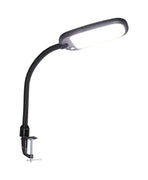


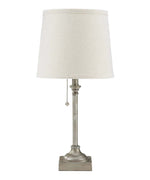

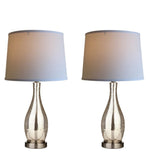

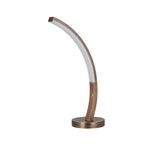









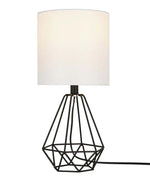











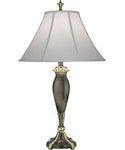
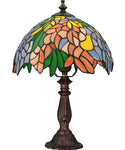
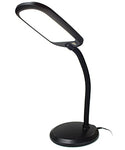
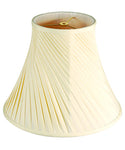



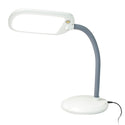
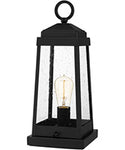
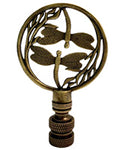
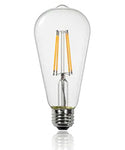
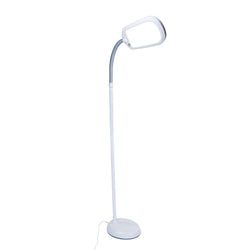

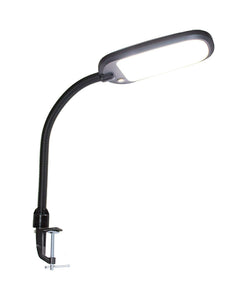



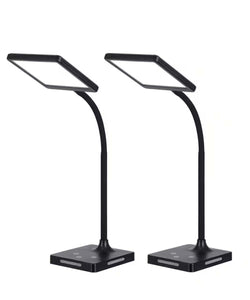



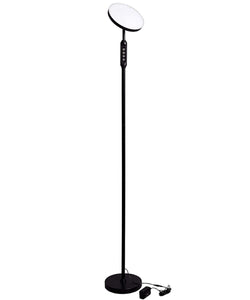
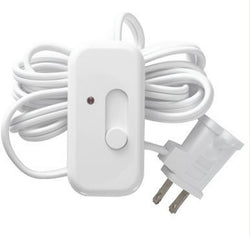
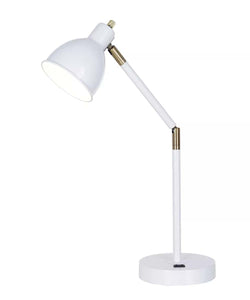
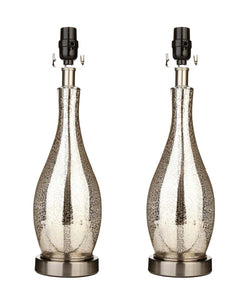

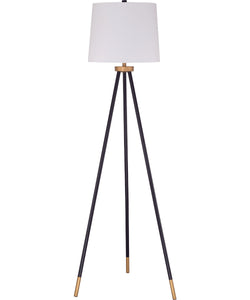
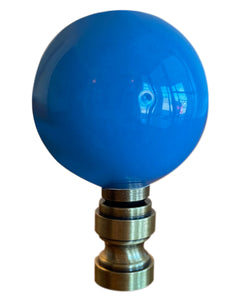

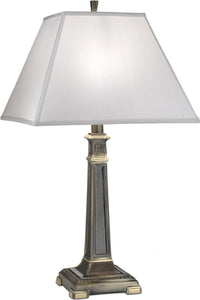
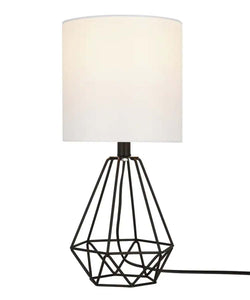
Comments